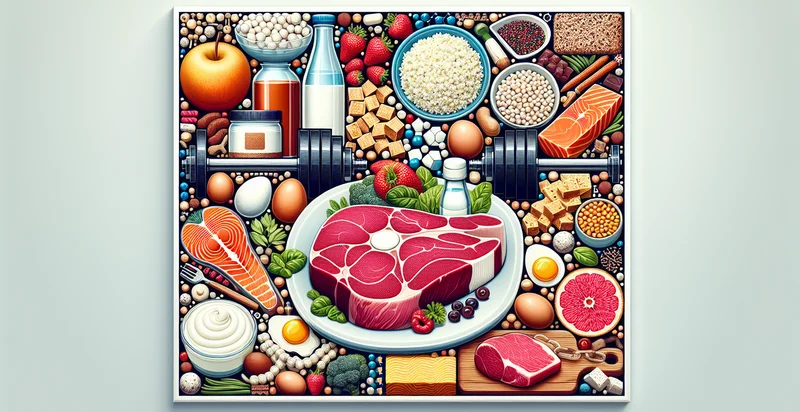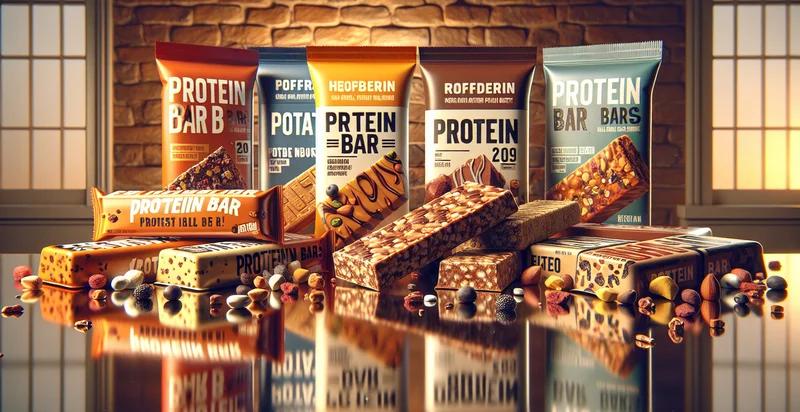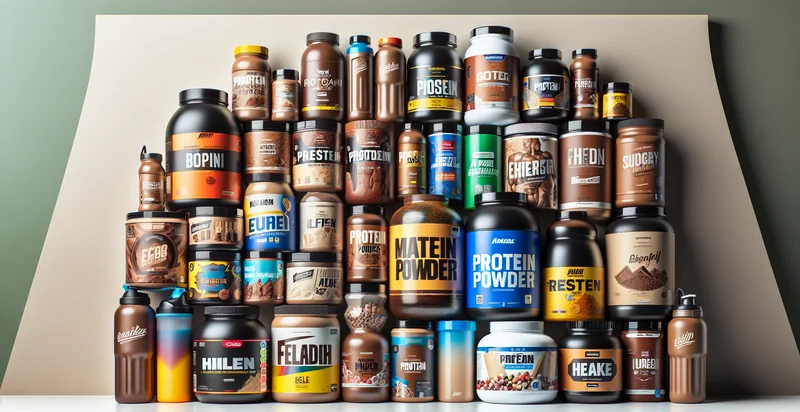Identify if food is low protein
using AI
Below is a free classifier to identify if food is low protein. Just upload your image, and our AI will predict what type of food it is - in just seconds.

Contact us for API access
Or, use Nyckel to build highly-accurate custom classifiers in just minutes. No PhD required.
Get started
import nyckel
credentials = nyckel.Credentials("YOUR_CLIENT_ID", "YOUR_CLIENT_SECRET")
nyckel.invoke("if-food-is-low-protein", "your_image_url", credentials)
fetch('https://www.nyckel.com/v1/functions/if-food-is-low-protein/invoke', {
method: 'POST',
headers: {
'Authorization': 'Bearer ' + 'YOUR_BEARER_TOKEN',
'Content-Type': 'application/json',
},
body: JSON.stringify(
{"data": "your_image_url"}
)
})
.then(response => response.json())
.then(data => console.log(data));
curl -X POST \
-H "Content-Type: application/json" \
-H "Authorization: Bearer YOUR_BEARER_TOKEN" \
-d '{"data": "your_image_url"}' \
https://www.nyckel.com/v1/functions/if-food-is-low-protein/invoke
How this classifier works
To start, upload your image. Our AI tool will then predict what type of food it is.
This pretrained image model uses a Nyckel-created dataset and has 7 labels, including Animal Protein, High Protein, Low Protein, Moderate Protein, Non Protein, Plant Based Protein and Very Low Protein.
We'll also show a confidence score (the higher the number, the more confident the AI model is around what type of food it is).
Whether you're just curious or building if food is low protein detection into your application, we hope our classifier proves helpful.
Related Classifiers
Need to identify if food is low protein at scale?
Get API or Zapier access to this classifier for free. It's perfect for:
- Nutritional Mobile App: This mobile application identifies and categorizes food items based on their protein content. Users can scan barcodes or take pictures of their meals to receive instant feedback about whether they meet their protein needs for the day.
- Meal Planning Services: Meal planning platforms can integrate the low protein identifier to suggest alternative food options. When a user selects a low-protein meal, the system can recommend additional protein-rich foods to balance their diet.
- Customized Diet Plans: Nutritionists can leverage this function to create personalized diet plans for clients. By identifying low-protein foods in a client's diet, they can make strategic adjustments to enhance overall protein intake.
- Restaurant Menu Optimization: Restaurants can use this function to analyze menu items for their protein content. By identifying low-protein dishes, they can reformulate recipes or introduce new high-protein offerings to cater to health-conscious diners.
- Food Labeling Compliance: Food manufacturers can use this function to ensure compliance with nutritional labeling standards. This tool helps ensure that products labeled as high-protein indeed meet industry-defined thresholds and aid in consumer trust.
- Sports Nutrition Programs: Sports teams and coaches can employ this function to assess the protein content of athletes' diets. This identifier helps them ensure players receive adequate protein to support performance and recovery.
- Grocery Store Nutrition Advisor: Supermarkets can implement interactive kiosks that utilize this function to assist customers in selecting high-protein foods. Shoppers can query which items are low in protein and receive instant suggestions for alternatives during their grocery shopping.


